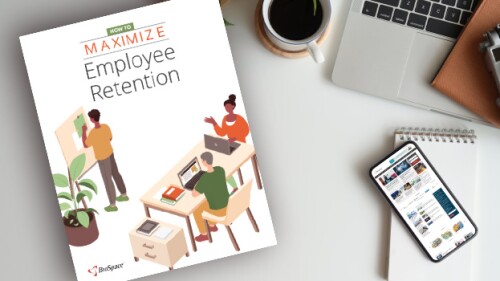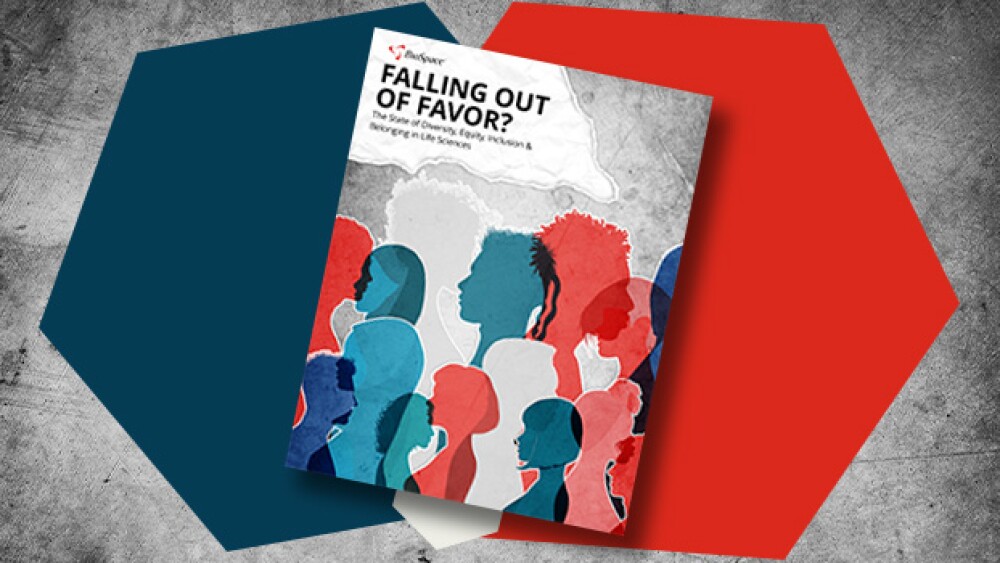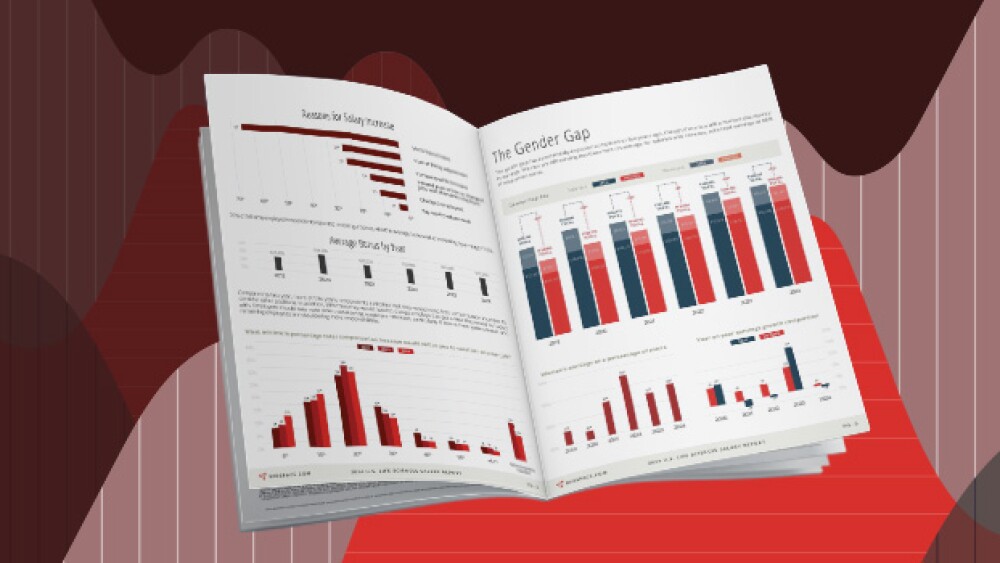Employer Resources
Insights to help you hire and manage your workforce
If people are your greatest asset, it is imperative that your organization maintains a positive employer brand presence and talent pipeline. This report covers how you can build a strong employer brand with prospective employees, current employees - and former employees.
Labor Market Trends
Data scientist employment is expected to grow 33.5% from 2024 to 2034 due in part to a growing demand for data analysis, according to new U.S. Bureau of Labor Statistics findings. Biopharma hotspots were among the top 10 states for employment and pay for this role in 2024.
Massachusetts biopharma workforce growth was fairly flat last year, and R&D and manufacturing employment declined, according to a new MassBio report. BioSpace data further highlight challenges facing the state, showing roughly 2,300 people out of work in 2025 and jobs live on the website falling.
Washington has had notable life sciences job growth over the past 10 years, according to a Life Science Washington report. The association’s CEO and a biopharma CEO discuss what makes the state stand out, including its talent pool, AI leadership and entrepreneurship support.
BioSpace has named 50 biopharma companies to its 2025 Best Places to Work list, including Moderna and Sutro Biopharma, whose executives share what makes their organizations special.
BioSpace’s third report on diversity, equity, inclusion and belonging in life sciences examines dramatic shifts in attitude around diversity initiatives.
Proximity bias, a term that describes how managers tend to favor those they see in person, may force remote and hybrid workers to work harder to keep up with their in-person counterparts.
Ageism, or discrimination against an individual based on their age, is a common barrier many older individuals face in the workplace. Fortunately, there are steps that can be taken to mitigate this discrimination.
Bristol Myers Squibb (NYSE: BMY) today announced meaningful progress toward its global inclusion & diversity goals and health equity commitments, meeting and exceeding some goals ahead of schedule.
RECRUITING
When vetting the qualities of potential candidates at a career fair, listen to and take interest in the unique lived experiences of each job seeker you meet, as well as their skills and qualifications.
Job descriptions are the candidate’s first impression of a company. And if that introduction includes exclusionary language, they’re less likely to apply even if they are the perfect fit for the job.
Increasing gender inclusion in the life science industry is critical to its success. By making a commitment to diversity, companies can create an environment that will lead to long-term success.
From the initial interview to the annual raise, discussions about salary are vital in every work environment. Find out how implementing salary transparency can help you find and keep top talent.
Sanofi, Certara, Pfizer and Thermo Fisher are facing hiring challenges head-on with a common strategy: upskilling programs. They use these programs to fill open roles while training and retaining existing talent.
The latest Employment Situation report from the Bureau of Labor Statistics shows that employment for healthcare workers is slowly but surely returning to its pre-pandemic levels.
BioSpace’s 2024 Salary Report explores the average salaries and salary trends of life sciences professionals.


















